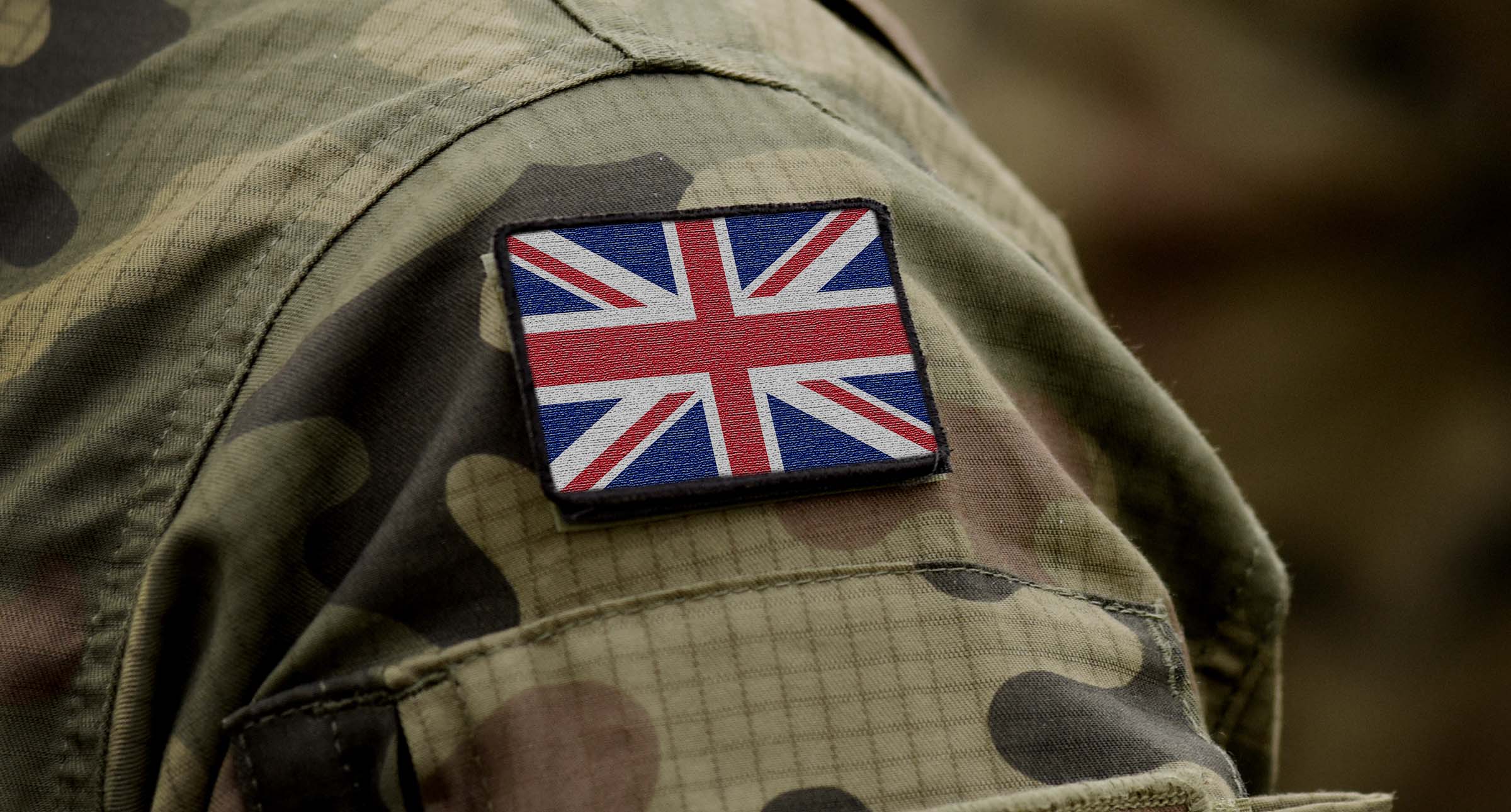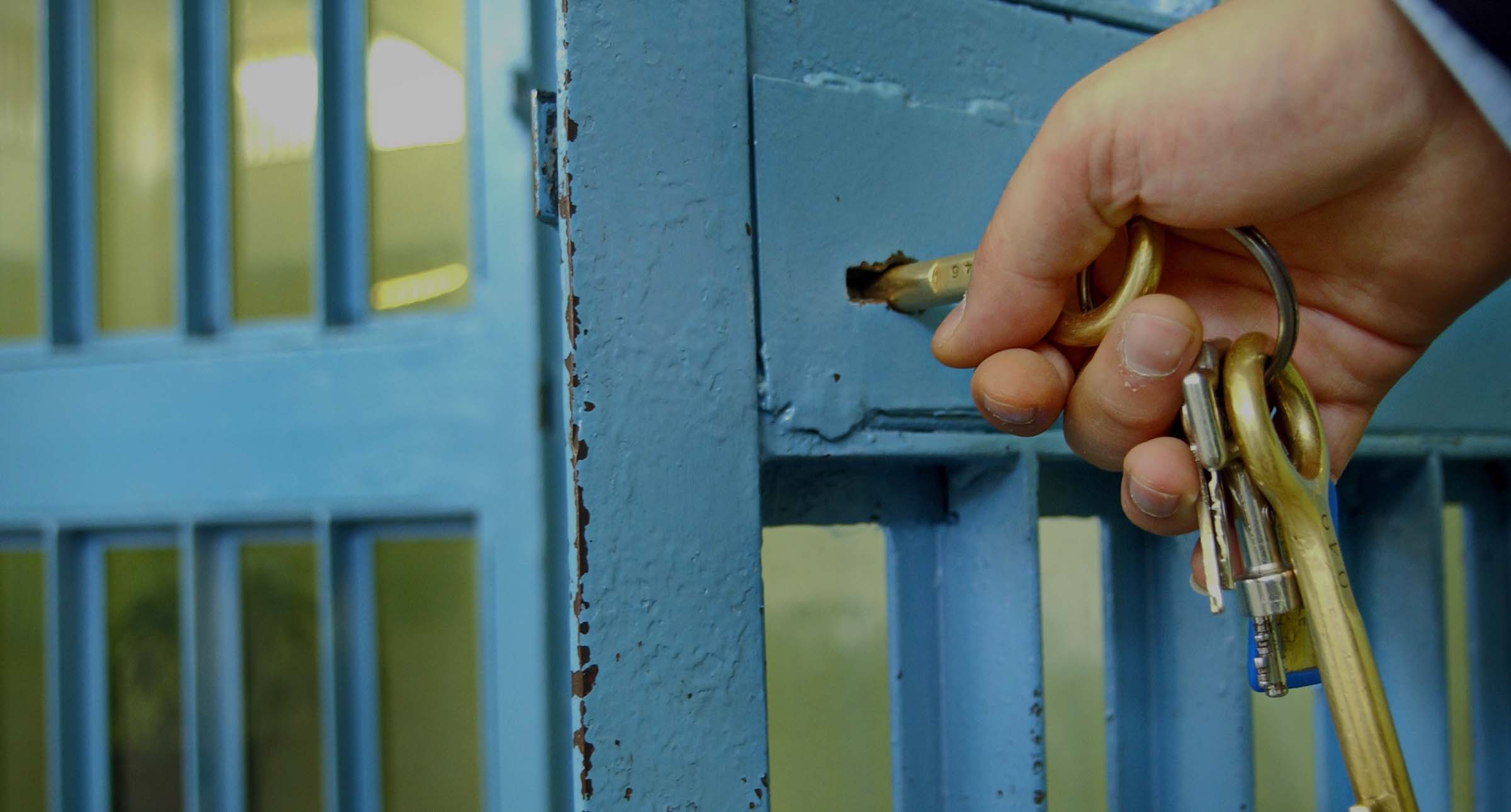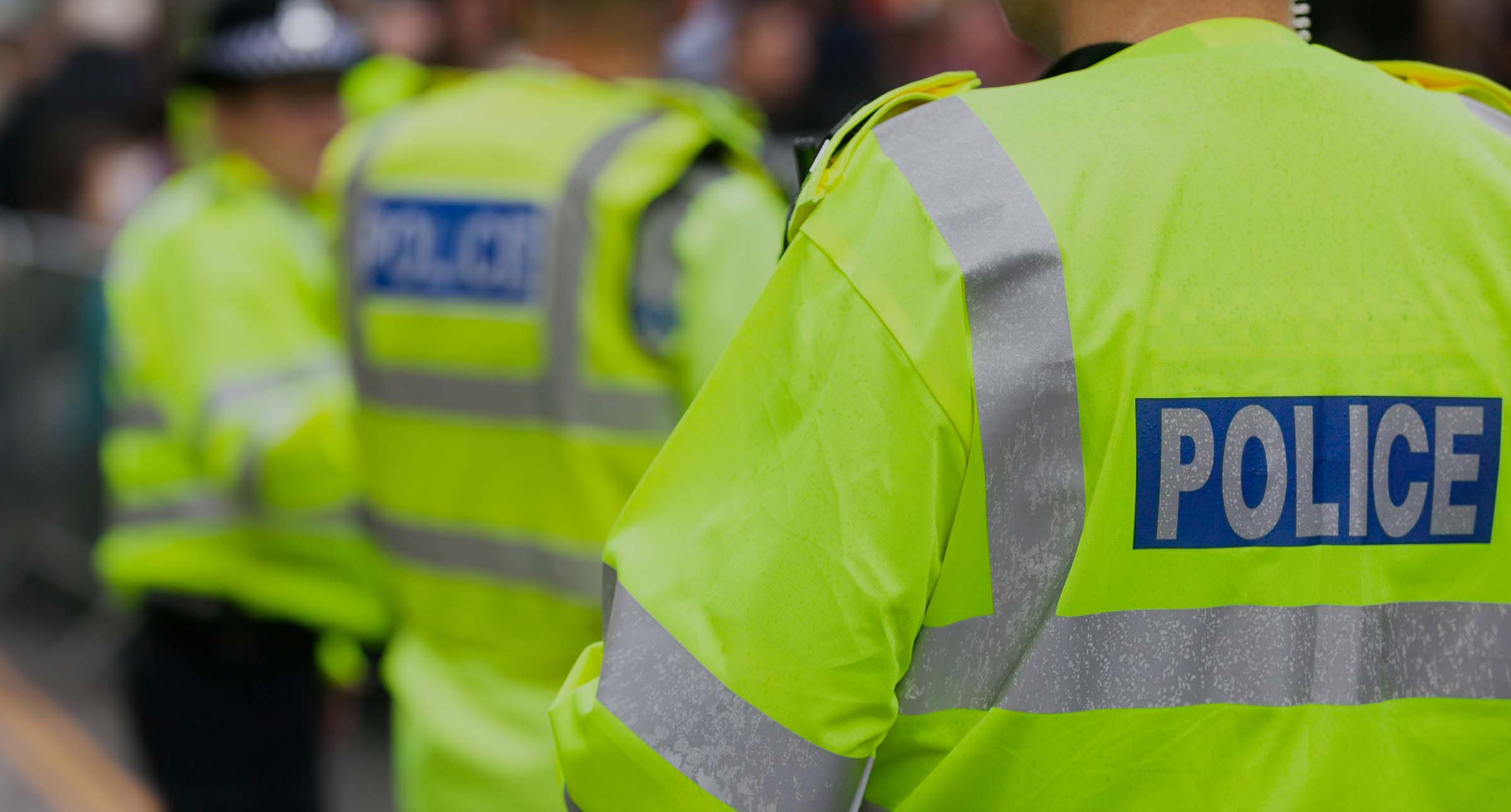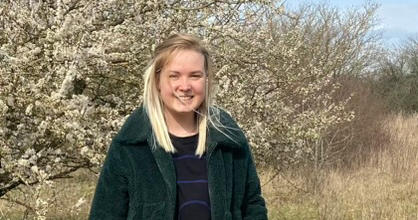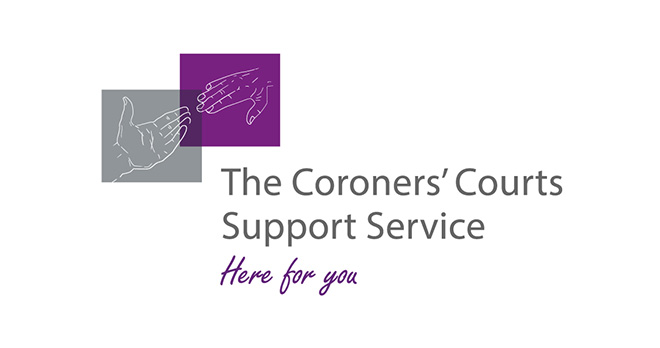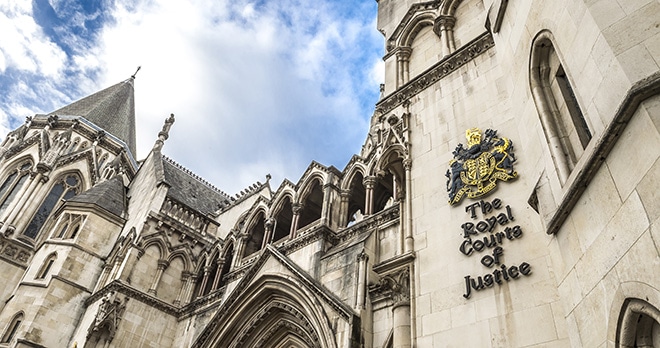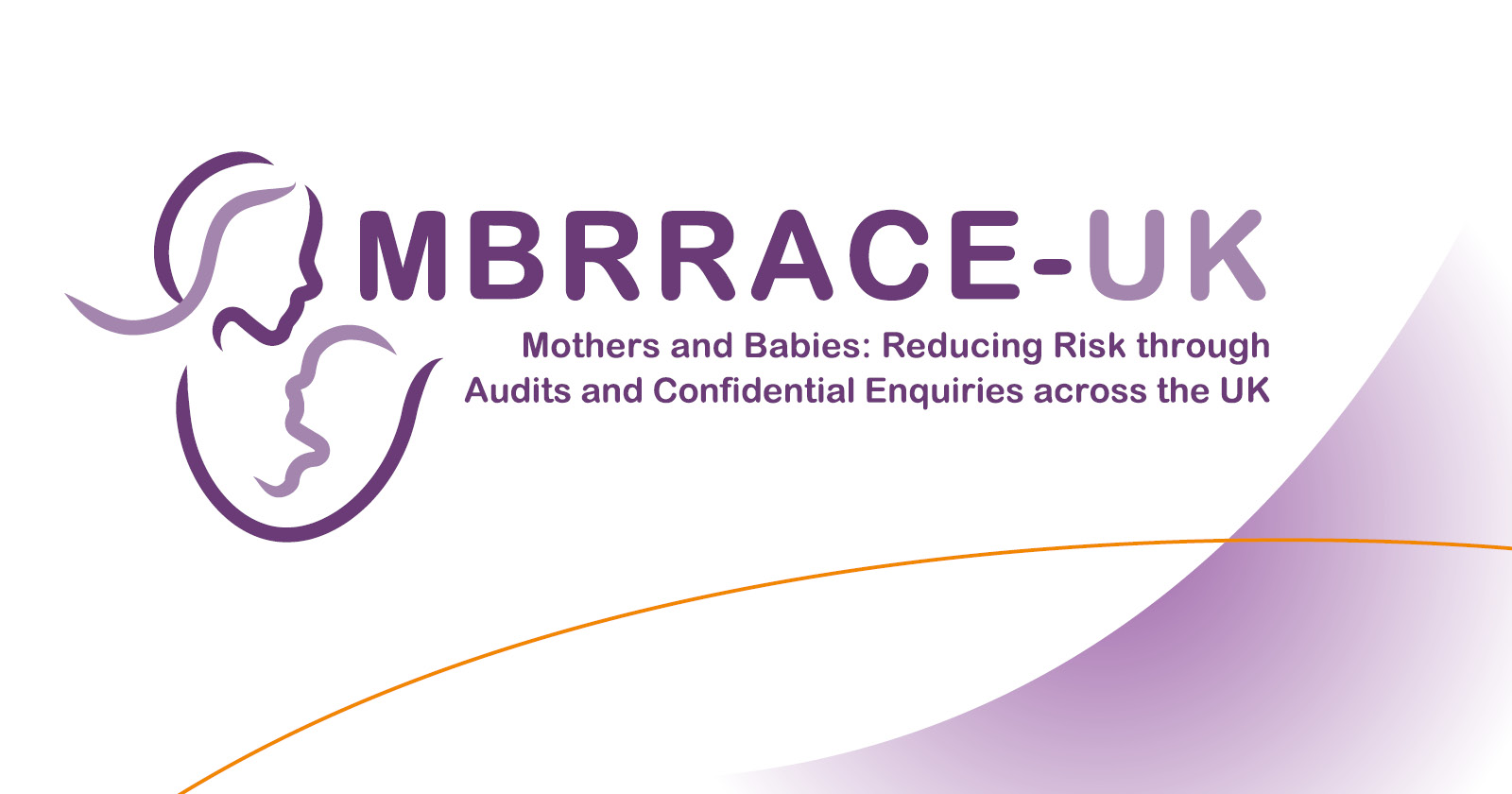Post mortem examinations and inquests – what you need to know

After a loved one dies, a post mortem may need to take place to investigate the cause of death. This post considers the role of the post mortem in the context of a coroner’s inquiry.
When does a post mortem take place?
A post mortem is carried out as soon as possible after the death and is usually performed within a few days if local availability allows.
There are occasions when this can be much longer, for example where the police are investigating a crime linked to the death or where there is a dispute as to whether a post mortem should be performed at all, but thankfully delays of that sort are fairly rare.
Technically, the relatives of the deceased have the right to be represented at the post mortem by a medical practitioner or another representative. However, in practice, we find that most families are not aware of this right until it is too late. Where a family is aware of their right to representation and invokes it, they may be held responsible for the costs of the examination. However, this can sometimes be met by public funding and a specialist inquest lawyer will be able to advise you about this.
What is a post mortem examination?
A post mortem is a process where a body is examined in order to ascertain the cause of death.
A post mortem is performed by a pathologist. They are usually performed in the hospital (either where the person died or where they were taken immediately after their death) or at the public mortuary linked to the Coroner’s Court for the local area.
Post mortems are not performed for every death. They are conducted in specific circumstances, such as where the cause of death is unknown or where the cause of death is suspected to be unnatural. The pathologist will be appointed by the coroner where they feel it is appropriate for a post mortem to be performed.
What is done in a post mortem?
The post mortem process typically involves removal of internal organs for examination and samples may also be taken for testing.
A post mortem can leave marks on the body which can be distressing for family members.
What is the difference between a post mortem and an autopsy?
An autopsy is just another way of referring to a post mortem examination. They are the same process.
What is a non-invasive post mortem?
In recent years there has been increased use of CT scanners and MRI scanners by pathologists in order to ascertain the cause of death without having make any incisions or remove any body parts. Non-invasive methods are often preferred by family members of the loved one, and especially those from certain faith groups.
In the Chief Coroner’s guidance sheet ‘ updated in January 2016, then Chief Coroner HHJ Peter Thornton KC, welcomed a reduction in the number of traditional/surgical post mortems being performed, and the reliance on pathologists where there is a recognised shortage, and acknowledges that the use of CT/MRI scanners is a potential way of doing this.
However, it is important to recognise that a non-invasive post mortem is not appropriate in every case as CT/MRI scans are only effective at identifying certain things. There are differing views as to the effectiveness of non-invasive methods in some circumstances and it appears clear that a traditional post mortem would still be required in many instances.
Furthermore, there are practical issues in terms of the availability and cost of non-invasive post mortem approaches as use has not yet become widespread. Over time it is hoped that use of non-invasive post mortems will actually help reduce waiting times but this is some way off currently.
When is a non-invasive post mortem likely to be used?
The Chief Coroner’s guidance on when CT or MRI imaging is to be used advises:
- Where an examination of the body of the deceased is required, the coroner must decide on what type of examination is appropriate. This decision will be made with the assistance of the pathologist and, where appropriate, a radiologist too.
- The coroner should bear in mind the wishes of the deceased (if known) and the wishes of the bereaved family.
If there is an established religious belief that an invasive post mortem is to be avoided then the coroner should be guided by the stages set out in the High Court case of R (Rotsztein) v HM Senior Coroner for Inner London North from 2015:
- There must be an established religious tenet that invasive autopsy is to be avoided
- There must be realistic possibility that non-invasive procedures will establish the cause of death and permit the coroner to fulfil their duties.
- The whole post mortem examination must be capable of being undertaken without undue delay.
- The performance of a non-invasive or minimally invasive procedure must not impair the effectiveness of an invasive autopsy if one is ultimately required.
- There must be no good reason to require an immediate invasive autopsy in any event (for example in a homicide case a forensic autopsy will almost always be required).
- The non-invasive procedure must be capable of being performed without imposing an additional cost.
If the coroner considers a CT scan (or alternative non-invasive approach) is appropriate then a radiographer or trained mortician carries out the scan. The results are then reviewed by a specialisradiologist or a pathologist trained in interpreting post mortem imaging.
Other investigations can then be performed as appropriate, for example taking samples for toxicology and biochemistry. CT coronary angiography is a minimally invasive procedure which will be undertaken in some cases as it can assist in establishing a cardiac cause of death that is not evident on normal imaging.
The pathologist and radiologist would then prepare a joint report for the coroner with the pathologist determining a cause of death or proceeding to a full autopsy if so instructed by the coroner.
How do I request a non-invasive post mortem is carried out?
Whilst the use of non-invasive post mortem imaging ought to be encouraged where appropriate, it is not suitable in every case and may not be available in every coroner’s district.
If your loved one has died and you would like the pathologist to adopt a non-invasive method, then I suggest that you make this known to the coroner at the earliest opportunity. Post mortems are usually performed very soon after the death so I would recommend acting quickly if you have any concerns about the traditional invasive post mortem approach.
An individual does not have the right to prevent a post mortem that has been ordered by the coroner so you should make your wishes clear at the earliest opportunity if you do not wish for an invasive post mortem to take place so your views can be taken into consideration. We recommend you contact inquest specialist lawyers for advice urgently to maximise your chance of making a successful application.
Who may be present at the post mortem examination?
By law, the following people are entitled to be present at the post mortem examination:
- A relative of the deceased or their medically qualified representative or a lawyer;
- A pathologist on behalf of the family;
- The GP of the deceased;
- Representative from the hospital where the person died;
- Where the death was caused by an accident or a disease in certain circumstances, then a representative of the Health and Safety Executive can attend;
- Any Government department that wishes to attend;
- The Chief Officer of Police;
- Any other person who is invited by the coroner.
What happens after a post mortem?
After the post mortem, the pathologist will provide a report setting out their conclusions as to the cause of the deceased’s death, and this will be made available to the coroner for the purpose of their inquiry to establish who the deceased was and where, when and how they came about their death.
Whilst there is no right to see the report before the inquest takes place most coroners are content to release the report and to make it available to the relatives of the deceased at a much earlier time.
Post mortem reports can make for very difficult reading for the family and friends of the deceased. Most people struggle with the very detailed, clinical descriptions given in the report and the medical terminology can be difficult for most lay people to understand. A solicitor will be able to explain the contents of the report and to advise you on the implications for the wider inquest process.
How long after a post mortem do you get the results?
Where the circumstances of the death are controversial it can take several weeks, sometimes even longer, for a post mortem report to be completed. This may occur where there is a dispute as to the background circumstances of the death or where additional test results are awaited.
What happens after the post mortem report is ready?
The Coroner will review the post mortem report and consider the appropriate steps for progressing the inquest process, such as directing witness statements or records be obtained, or listing a preliminary hearing to discuss preparations for the inquest hearing.
In some cases, the post mortem conclusion may cause the coroner to decide a full inquest investigation is no longer required. This decision can potentially be challenged so you should seek specialist advice if you wish to challenge the coroner’s decision in these circumstances.
Can I request a second post mortem?
In some circumstances the family of the deceased may wish for a second post mortem examination to take place.
This will usually be where the family are not content with the information they have received about the cause of death and where they have concerns about the circumstances of the death.
Second post mortems are relatively rare. Chief Coroner guidance explains that even where the views of the pathologist are challenged, it is often possible for another pathologist to review the evidence (such as samples, x-rays, photographs, hair, blood and other body fluids analyses) without performing a second port mortem examination.
What is a medical examiner?
Medical examiners are senior medical doctors who are contracted to provide independent scrutiny of the causes of death, outside of their usual clinical role. They are trained in both the legal and clinical elements of death certification processes. Their role is distinct from that of a pathologist and Coroner.
The purpose of the medical examiner system includes providing greater safeguards for the public by ensuring independent scrutiny of all non-coronial deaths. They also arrange for deaths are referred to the coroner in appropriate cases. Currently this applies to deaths in hospitals and plans are underway for this to be extended to cover wider cases in the community soon.
Medical examiners seek to answer three questions:
- What caused the death of the deceased?
- Does the coroner need to be notified of the death?
- Was the care they received before death appropriate?
If a coroner has concerns about any possible issues in a hospital based on reports of death, they should raise this with their local medical examiner, or the regional medical examiners (or the National Medical Examiner and the Chief Coroner) as appropriate and agree any action to be taken.
As a post mortem is normally performed very quickly after the death, any decisions about a post mortem have to be made at a time when the family and friends of the deceased are overcome with grief. Specialist legal representation should be sought to make you aware of the steps you may wish to take and to guide you through the process of the post mortem and the subsequent inquest. If you would like any further advice then please feel free to contact us.
Call now

